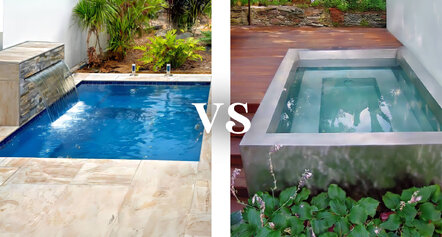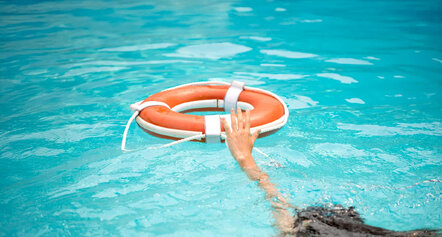Swimming pools are the leading location for drowning deaths among young children in Australia, accounting for 52% of all drowning deaths. This is followed by bathtub/spa baths, which contribute to a further 16% of fatalities, according to the Royal Life Saving Society Australia.
These alarming statistics underscore the critical importance of adhering to pool safety regulations, particularly as above-ground pools become increasingly popular in Australian homes.
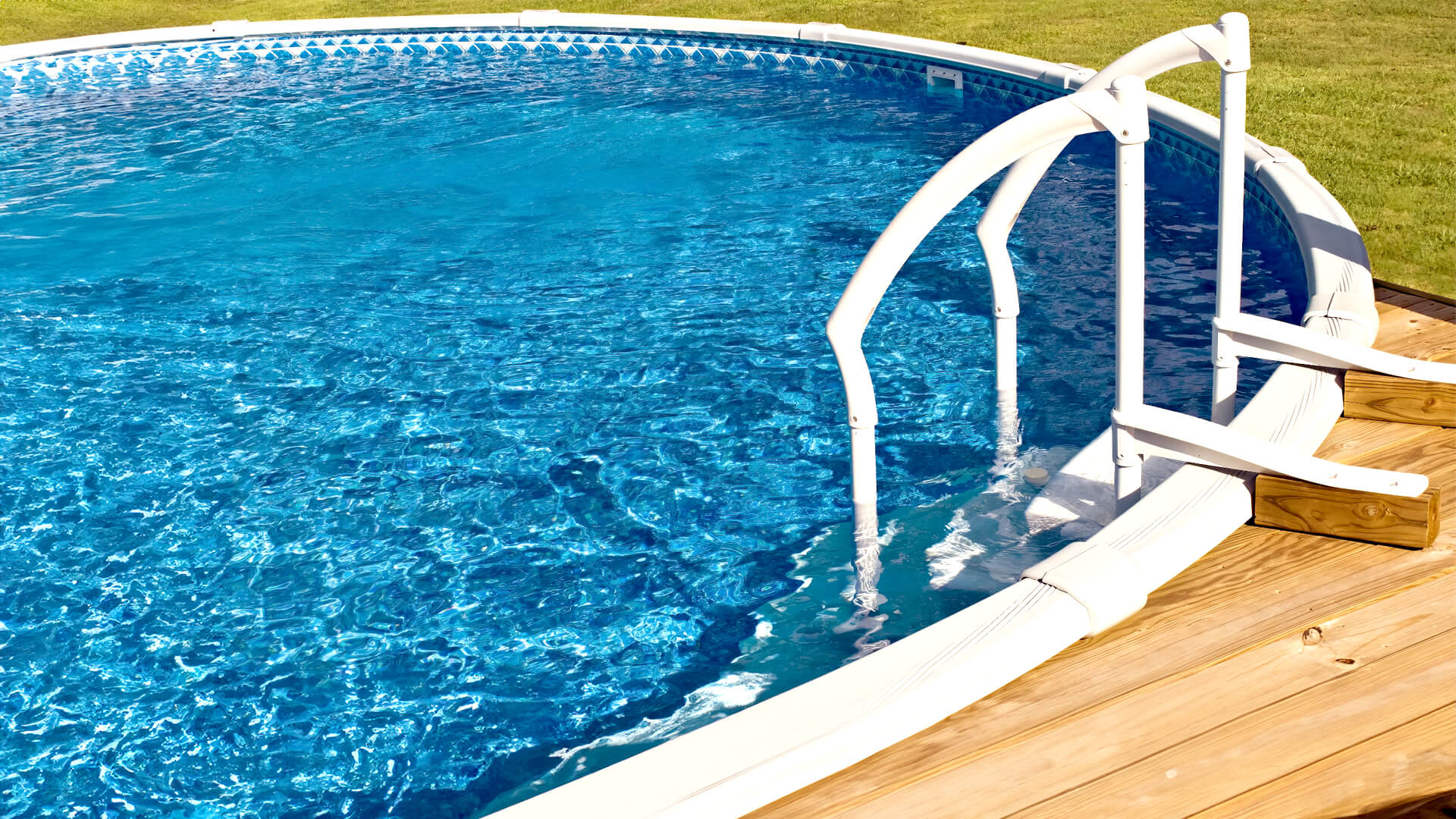
Safety regulations for pools are not merely legal obligations but essential measures to protect families and create a secure swimming environment. Proper fencing, pool covers, and supervision are guidelines that can prevent tragic accidents.
Whether it’s ensuring the correct installation of safety barriers or maintaining water clarity, these regulations are designed to minimise risks and safeguard lives.
This guide will explore the specific safety regulations that are crucial for anyone considering installing or maintaining an above-ground pool.
The Legal Framework for Pool Safety in Australia
Ensuring the safety of swimming pools and spas is a critical concern across Australia. The legal framework governing pool safety involves a combination of federal, state, and local regulations designed to protect everyone, especially young children, from potential hazards.
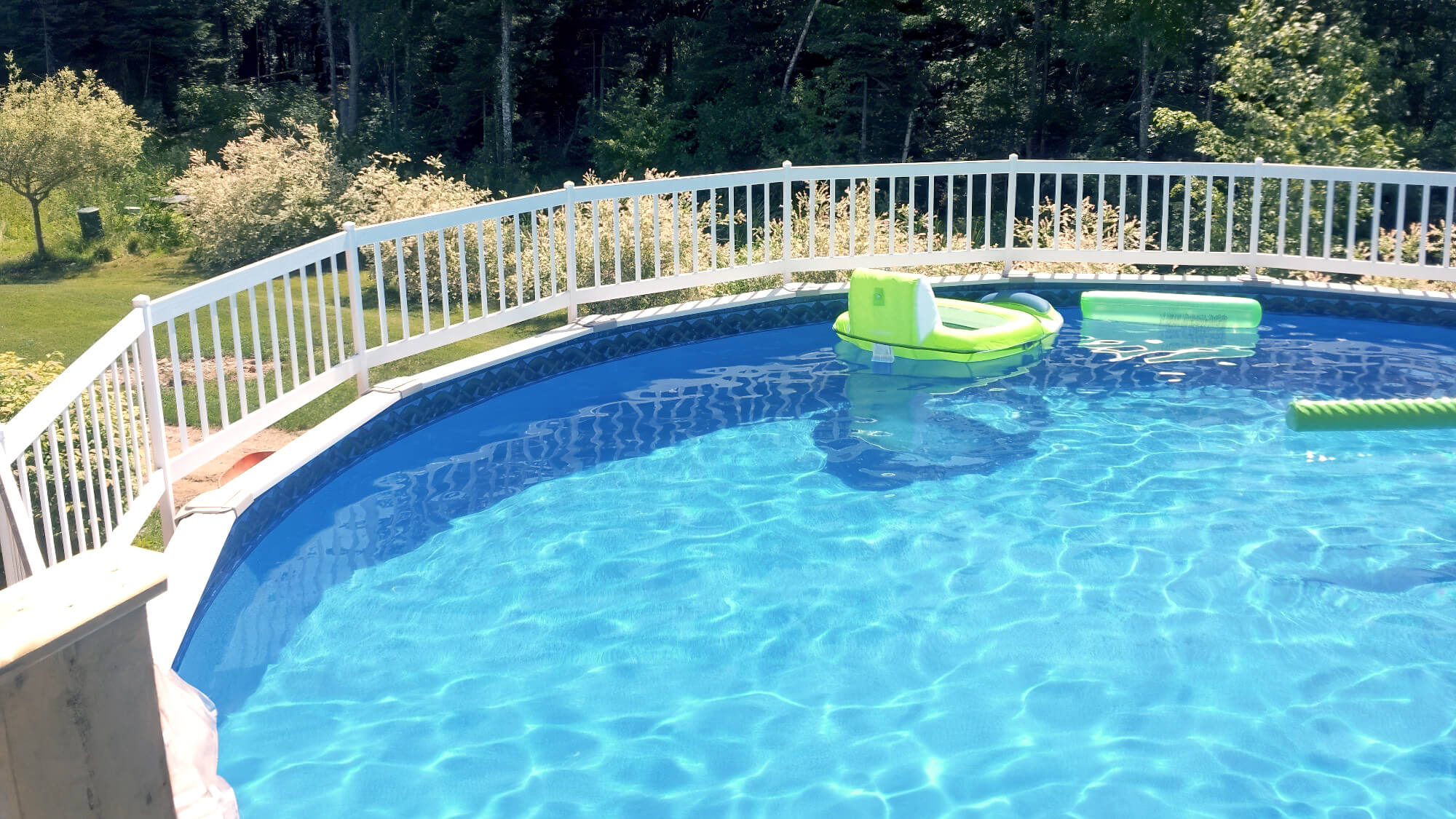
National Standards
The Australian Standards for Pool Barriers (AS 1926.1-2012) set the benchmark for swimming pool safety across the country. These standards apply to all swimming pools and spas, including above-ground pools, inflatable pools, and pools with more than 300mm of water.
The standards cover the construction and installation of pool safety barriers, ensuring they are at least 1200mm high and includea non-climbable zone of at least 900mm. Pool gates must open outwards and be self-closing and self-latching to enhance safety. Compliance with these standards is crucial to prevent accidents and fatalities.
State and Territory Regulations
While the national standards provide a foundation, state and territory regulations add specific requirements. For example, in Queensland, all swimming pools, including above-ground pools, must be registered with your local council and comply with the Planning Development Infrastructure Act 2016.
Under the Swimming Pool Act 1992 in New South Wales, pool owners are required to have a certificate of compliance and adhere to the pool fencing laws, which mandate a pool fence height of at least 1200mm. Additionally, the safety barrier must enclose the entire pool area, and the gate must open outwards and close automatically.
Local Council Requirements
Your local council may impose additional conditions to enhance swimming pool safety. These can include specific pool fencing regulations, such as the height of the pool safety barrier or the requirement for warning signs around the pool area.
Some councils may also require that above-ground pools be equipped with a pool cover that meets safety standards or that inflatable pools be emptied after each use. Ensuring compliance with these local regulations is essential to meet infrastructure swimming pool safety requirements.
Essential Safety Features for Above-Ground Pools
Above-ground pools are a popular choice for Australian homes, but ensuring they meet safety requirements is crucial. Several key safety features are essential to protect your pool area and comply with Australian Standards.
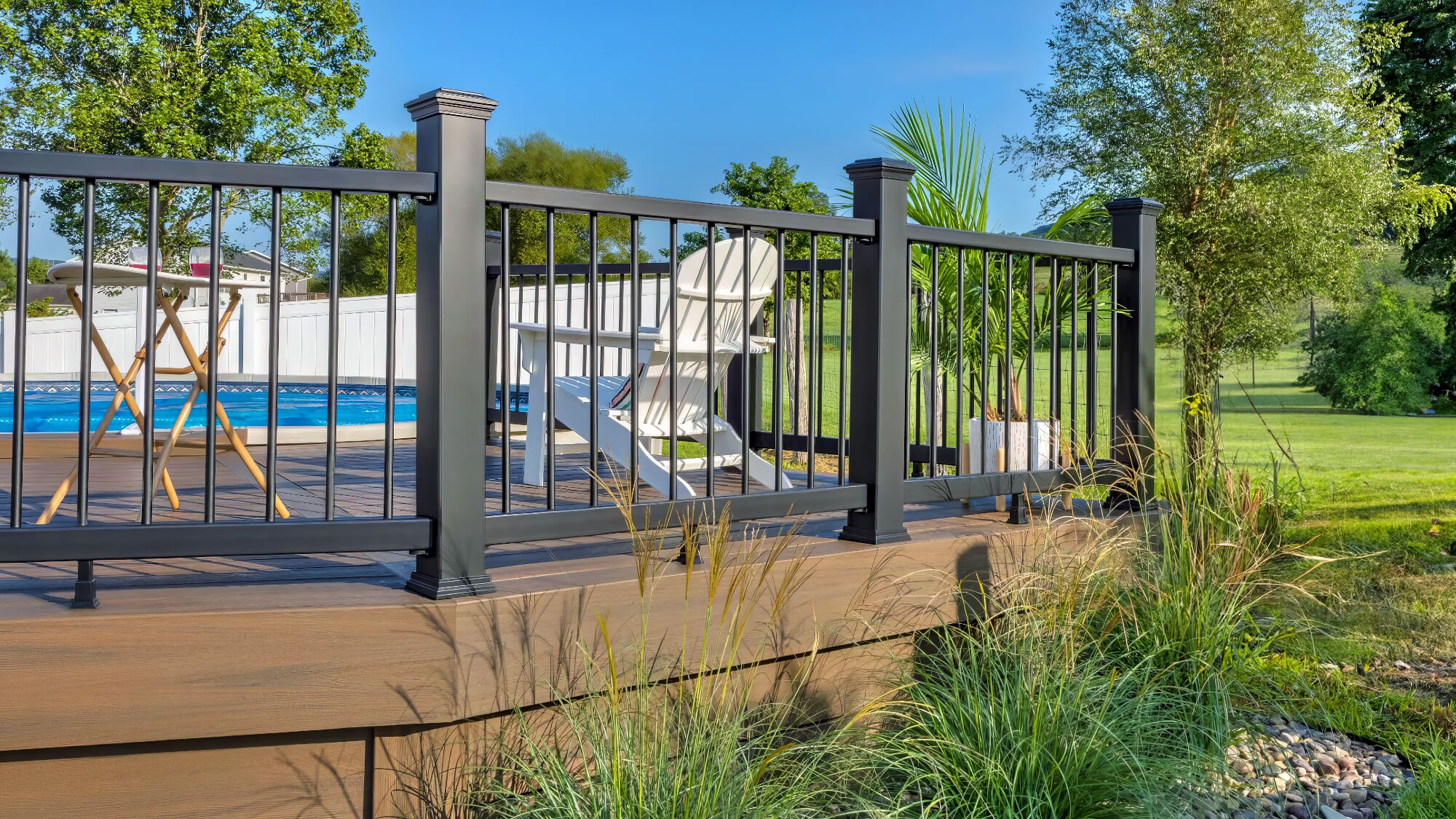
Pool Barriers
A compliant pool barrier is a top priority for swimming pool safety. As mentioned, the above-ground pool’s barrier must be at least 1200mm high and include a non-climbable zone of at least 900mm.
Pool gates must open outwards, self-close, and self-latch to prevent unsupervised access. Regularly maintaining your pool safety barrier is essential to ensure its effectiveness over time.
This includes checking the gate mechanisms, inspecting the fence for any damages, and ensuring the non-climbable zone remains clear of objects that could assist a child in climbing over.
Fencing Requirements
Specific pool fencing laws apply to above-ground pools, and these guidelines must be followed.
The pool fence must be at least 1200mm high and constructed from durable, climb-proof materials. The ground pool fence regulations also stipulate that there should be no gaps greater than 100mm at the base of the fence, particularly when the fence is installed on a finished ground level.
Pool gates must be secure, open outwards, and self-latch. Regular inspections should be conducted to ensure compliance with the pool fencing laws, as outlined in the Planning Development Infrastructure Act 2016.
Ladders and Steps
Ladders and steps are potential entry points for young children, and above-ground pools should have secure, lockable, or removable ladders to prevent unsupervised access. The ladder should be positioned within the safety barriers swimming pool regulation zone and locked when not used.
Detachable ladders are also a good option, as they can be removed entirely when the pool is unsupervised, ensuring that the pool fence remains the primary line of defence.
Pool Covers
Pool covers are an essential safety feature for above-ground pools, particularly when the pool is unused. Safety covers that can support a child’s weight are recommended, as they prevent accidental drowning.
These covers should meet the pool safety regulations of 2019 and be securely fastened to avoid gaps that a child could slip through.
It’s crucial that inflatable pools, which are often emptied after each use, also have a cover that complies with Australian Standards when they contain more than 300mm of water.
Alarms and Safety Devices
Pool alarms are another layer of protection for your swimming pool area. These alarms can alert homeowners if someone enters the pool area unsupervised, providing an additional safety net. Safety devices like life rings and reach poles should be readily accessible around all swimming pools and spas.
These items are vital in an emergency and should be placed within the pool fence’s non-climbable zone for quick access.
These essential safety features ensure your swimming pool spa complies with the Building Code Australia and the Act 1992 Swimming Pools Regulation, protecting your family and guests.
Regular Inspections and Compliance Checks
Maintaining the safety of your swimming pool requires regular inspections and compliance checks to ensure all safety features remain effective and up to standard.
Routine Inspections
Regularly inspecting your pool barriers, gates, and other safety features is vital for ensuring ongoing compliance with swimming pool safety regulations. Over time, wear and tear can compromise the integrity of your pool safety barriers, potentially creating hazards.
Check that pool gates are self-closing and self-latching, and inspect the pool fence for any damages or gaps that could allow children to access the pool area unsupervised. Ensuring these features are in good working order is essential to maintaining a safe swimming environment.
Professional Compliance Checks
While homeowners can perform routine inspections, it’s advisable to hire a professional for a comprehensive compliance check, particularly before the start of the swimming season. A certified inspector can assess whether your pool meets all relevant safety standards, including those outlined in the local council regulations and the Australian Standards.
This professional check can provide peace of mind, knowing that your pool is compliant with all necessary safety requirements.
Record Keeping
Homeowners should keep detailed records of all inspections, maintenance, and compliance checks. This documentation is important not only for your own peace of mind but also in case of any legal inquiries or when selling the property.
Proper record-keeping demonstrates that you have taken all necessary steps to ensure your pool’s safety, which can be crucial in safeguarding against potential legal issues.
Pool Owner Responsibilities and Supervision
Ensuring the safety of your swimming pool goes beyond just installing safety features. As a pool owner, your responsibilities include active supervision, educating your household, and being prepared for emergencies.
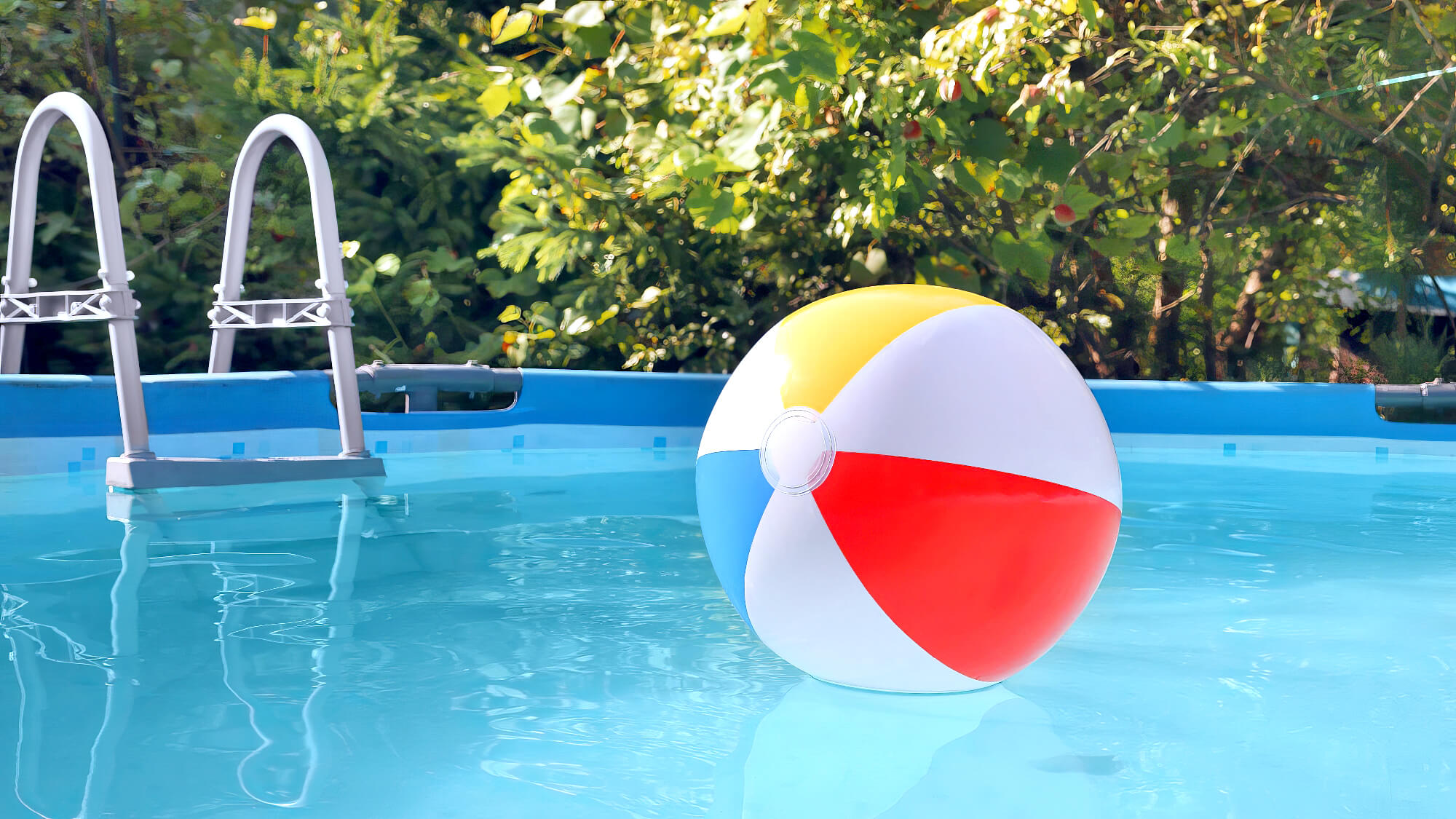
Active Supervision
Active supervision is the most crucial element in preventing accidents around your pool. Regardless of the safety barriers and pool fencing in place, nothing can replace the need for constant adult supervision when children are swimming.
An adult should always be within arm’s reach, especially when young children are in or around the pool. Vigilant supervision ensures that any potential dangers are addressed immediately, reducing the risk of accidents.
Pool Safety Education
Educating all household members, particularly children, about pool safety rules is essential. Children should be taught not to run near the pool, never to swim alone, and to always follow the safety guidelines set by the adults.
It’s also important that everyone knows how to use safety equipment, such as life rings and reach poles, in case of an emergency. Regularly reinforcing these rules helps create a safe swimming environment and ensures that everyone knows how to act responsibly around the pool.
Emergency Preparedness
Every pool owner has a key responsibility to be prepared for emergencies. Keeping a first aid kit within easy reach of the pool area is a simple yet effective precaution.
Learning basic CPR is also highly recommended, as it can be lifesaving in critical situations. Many local councils or community centres offer CPR training courses, making it accessible for homeowners to gain these essential skills.
Why Choose Professional Services for Your Above-Ground Pool
Hiring professionals to install and maintain your above-ground pool offers numerous benefits that ensure safety and longevity.
Expertise
Professionals bring the expertise required to install your above-ground pool correctly, ensuring that all components, including safety barriers, pool fences, and gate mechanisms, meet Australian regulatory standards.
They understand the nuances of local laws and will ensure that your pool complies with all relevant pool safety regulations, providing you with peace of mind.
Maintenance Services
Regular maintenance by professionals is crucial for extending the life of your pool and keeping it safe for use. Professional maintenance services include checking the integrity of the pool structure, ensuring the water remains clean and chemically balanced, and maintaining safety features such as pool covers and alarms.
Long-Term Safety and Enjoyment
Choosing professional services contributes significantly to your pool’s long-term safety and enjoyment. With experts handling the installation and ongoing maintenance, homeowners can relax knowing their pool is in skilled hands.
This ensures that the pool remains a safe environment for family and friends and enhances the overall enjoyment of having a well-maintained and compliant pool in your backyard.
Ensuring a Safe and Enjoyable Swimming Experience with Flamingo Pools
When it comes to owning an above-ground pool, safety should always be your top priority. Ensuring that your pool meets all safety standards, from proper installation to regular maintenance, is essential in preventing accidents and protecting your loved ones.
No matter how many safety features you have, nothing can replace the importance of vigilance and ongoing care.
At Flamingo Pools, we understand safety’s critical role in pool ownership. Our team is dedicated to providing top-quality services that align with all Australian safety regulations, giving homeowners the peace of mind they deserve.
From expert installation to comprehensive maintenance, we ensure that every aspect of your above-ground pool is handled with the utmost care and professionalism.
Don’t leave your pool’s safety and enjoyment to chance. Contact Flamingo Pools today to learn more about our services and how we can help you maintain a safe and enjoyable environment in your backyard.
With Flamingo Pools as your trusted partner, you can relax knowing that your above-ground pool will be a source of fun and safety for years.


